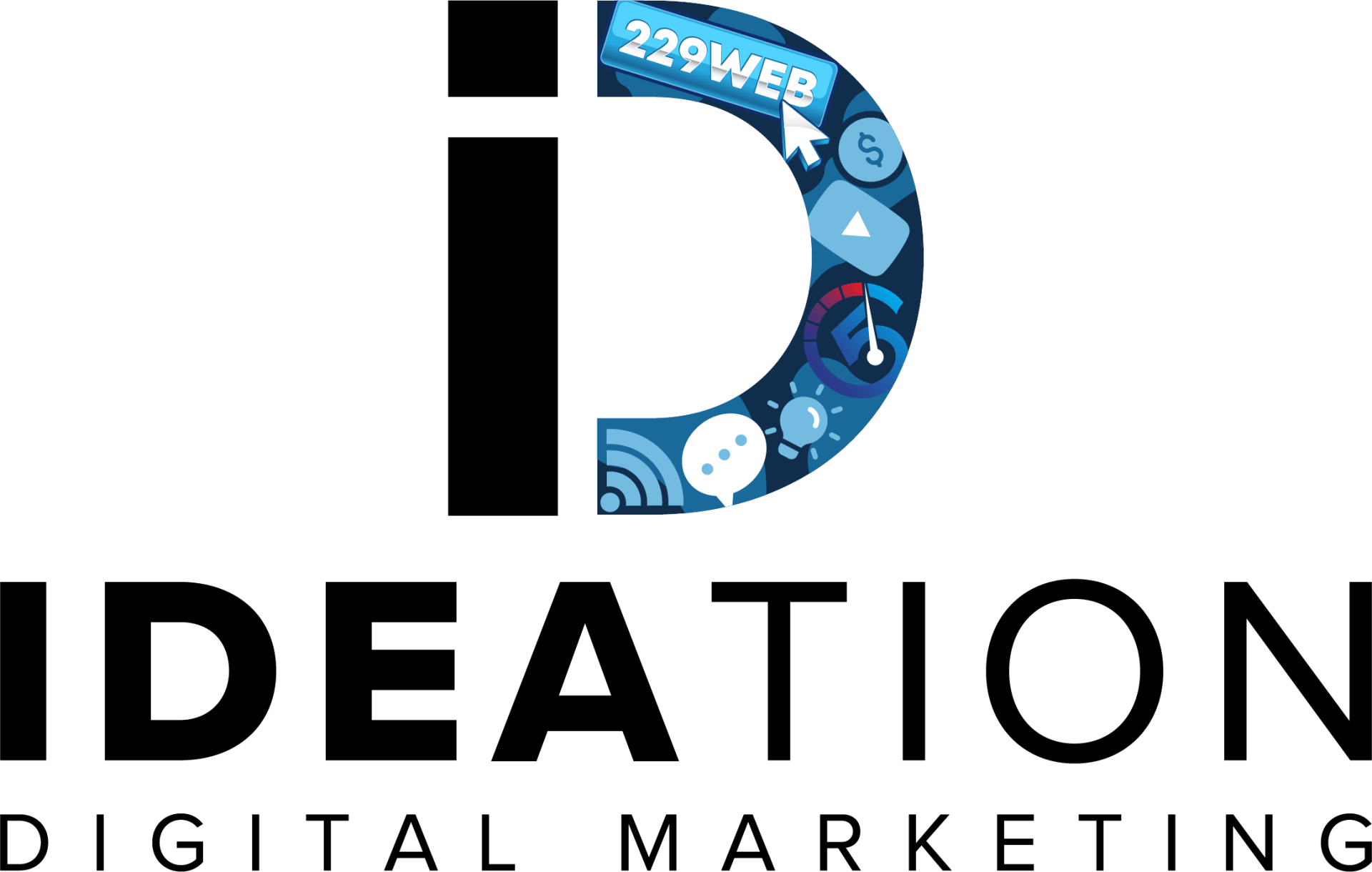222 Capitol Street, Suite 522
Charleston, WV 25301

Crafting a Winning Social Media Marketing Strategy
Mastering social media is no longer just an option but a necessity for any business aiming to thrive. Crafting a winning social media marketing strategy requires a blend of creativity, analytics, and strategic thinking. It's not merely about posting content; it's about creating meaningful connections with your audience while achieving measurable business objectives. Effective social media strategies begin with a deep understanding of your target audience. By knowing their preferences, behaviors, and pain points, you can tailor your content to resonate deeply with them. Moreover, staying abreast of platform trends and algorithm changes is crucial for maximizing reach and engagement. This proactive approach ensures that your content remains relevant and impactful amidst the ever-evolving social media landscape. Stay tuned as we delve into the essential components and tactics necessary to craft a social media strategy that drives results and establishes your brand's digital presence effectively.
Choosing the Right Social Media Platforms for Your Business":
Choosing the Right Social Media Platforms for Your Business
In today's digital landscape, having a strong presence on social media is crucial for businesses looking to connect with their audience, build brand awareness, and drive sales. However, with so many social media platforms available, each catering to different demographics and content types, it can be overwhelming to decide where to invest your time and resources. In this guide, we'll walk you through the process of choosing the right social media platforms for your business, helping you make informed decisions that align with your goals and target audience.
Define Your Goals and Audience
The first step in determining the right social media platforms for your business is to clearly define your goals and identify your target audience. Are you looking to increase brand awareness, drive
website traffic, generate leads, or boost sales? Understanding your objectives will guide your platform selection process. Similarly, knowing your target audience's demographics, behaviors, and preferences will help you choose platforms where they are most active.
Research Platform Demographics
Different social media platforms attract diverse user demographics. For example, Facebook tends to have a broad user base across various age groups, while Instagram skews younger and is popular for visual content. LinkedIn is geared towards professionals and B2B networking, whereas TikTok appeals to a younger, more trend-focused audience. Researching platform demographics will give you insights into where your target audience spends their time online.
Assess Content Types and Formats
Consider the types of content you plan to create and share on social media. Some platforms are more conducive to specific content formats than others. For instance, Instagram and Pinterest are visual-first platforms, ideal for sharing photos and videos, while Twitter and LinkedIn are better suited for text-based updates and articles. Matching your content strategy with the platform's strengths will help you maximize engagement and reach.
Evaluate Platform Features and Tools
Each social media platform offers unique features and tools designed to help businesses engage with their audience. Facebook Ads, for example, provides robust targeting options for paid campaigns, while Instagram Stories offer ephemeral content opportunities. Evaluate platform features such as analytics, advertising options, e-commerce integrations, and community-building tools to determine which align best with your marketing objectives.
Consider Competition and Industry Trends
Research your competitors' social media presence to understand which platforms they are leveraging successfully. Analyze industry trends to identify emerging platforms or features that may be relevant to your business. While it's essential to stay informed about popular platforms, also consider niche or specialized networks that could provide more targeted opportunities for engagement within your industry.
Understanding Your Audience: The Foundation of a Successful Social Media Strategy
In the ever-evolving world of social media marketing, understanding your audience is not just important—it’s essential. Your audience shapes every aspect of your strategy, from the type of content you create to the platforms you choose to engage on. By gaining deep insights into who your audience is, what they care about, and how they interact with social media, you can tailor your approach to maximize engagement, build meaningful relationships, and ultimately achieve your business goals. In this guide, we’ll explore why audience understanding is crucial and provide practical steps to help you gain insights into your audience for a successful social media strategy.
Define Your Target Audience
The first step in understanding your audience is defining who they are. This involves identifying demographic information such as age, gender, location, income level, and education. Additionally, psychographic factors like interests, values, attitudes, and lifestyle choices play a significant role in shaping how your audience interacts with content on social media.
Conduct Audience Research
Once you’ve defined your target audience, conduct thorough audience research to delve deeper into their behaviors and preferences on social media. Use analytics tools provided by social platforms, such as Facebook Insights or Instagram Insights, to gather data on demographics, engagement metrics, and content performance. Surveys, interviews, and focus groups can also provide qualitative insights into your audience’s motivations and pain points.

Create Audience Personas
Developing audience personas can help you visualize and empathize with your target audience segments. Create detailed profiles that encapsulate key characteristics, behaviors, goals, and challenges of different segments within your audience. This exercise will guide your content creation efforts and ensure that your messaging resonates with each persona’s unique needs and interests.
Monitor Social Media Conversations
Monitor social media conversations related to your industry, brand, or relevant topics to gain real-time insights into what your audience is discussing, asking, or sharing. Social listening tools can track mentions, hashtags, and keywords across various platforms, providing valuable feedback that can inform your content strategy and help you stay responsive to audience sentiments.
Analyze Competitor Audiences
Analyzing your competitors’ social media presence can offer valuable insights into their audience demographics, content strategies, and engagement tactics. Identify overlaps and differences between your audience and your competitors’ audiences to uncover potential opportunities for differentiation or niche targeting within your market.
Creating Engaging Content that Resonates with Your Audience
In the competitive landscape of social media, creating content that captivates your audience is key to building a strong online presence and driving meaningful engagement. Engaging content not only attracts attention but also fosters connections, encourages interactions, and ultimately converts followers into loyal customers. Here are some essential strategies to help you craft compelling content that resonates with your audience:
- Know Your Audience: Understand your audience’s demographics, interests, and pain points to tailor your content to their preferences and needs.
- Tell Stories: Use storytelling techniques to make your content more relatable, emotional, and memorable.
- Visual Appeal: Incorporate high-quality visuals, such as images, videos, and infographics, to enhance engagement and convey your message effectively.
- Educate and Inform: Share valuable information, tips, and insights that address your audience’s challenges or interests.
Conclusion
Crafting a winning social media marketing strategy requires a blend of creativity, data-driven insights, and consistent refinement. By understanding your audience deeply, leveraging the right platforms, and creating engaging content, businesses can foster meaningful connections and drive tangible results. Remember, social media is not just about broadcasting messages but about fostering authentic engagement and building a community around your brand.
At Ideation Digital Marketing, we specialize in helping businesses in Charleston, WV, and beyond navigate the complexities of social media marketing. Whether you're looking to enhance your brand presence, increase conversions, or simply connect with your audience more effectively, our team is dedicated to crafting strategies tailored to your unique goals. Contact us today at (304) 814-2445 to discover how we can elevate your social media presence and propel your business forward in the digital landscape. Let's collaborate to turn your social media efforts into a powerful asset for your business growth.

Main Office
222 Capitol Street, Suite 522
Charleston, WV 25301
other offices
48 1/2 Second Ave, Williamson, WV 25661
20 Clinch Mountain Ave, Lebanon, VA 24266,
Contact
DIGITAL MARKETING SERVICES
All Rights Reserved | Ideation Digital
Private Policy
All Rights Reserved | Ideation Digital












